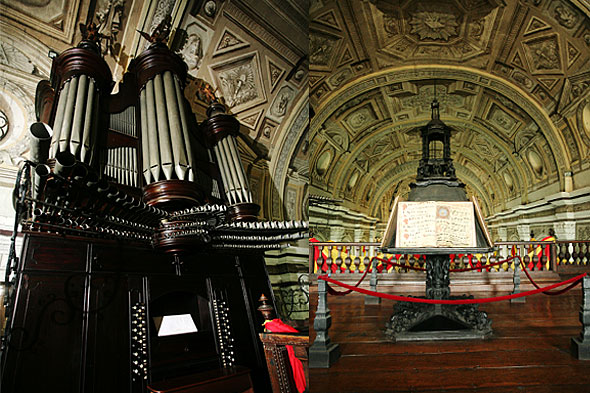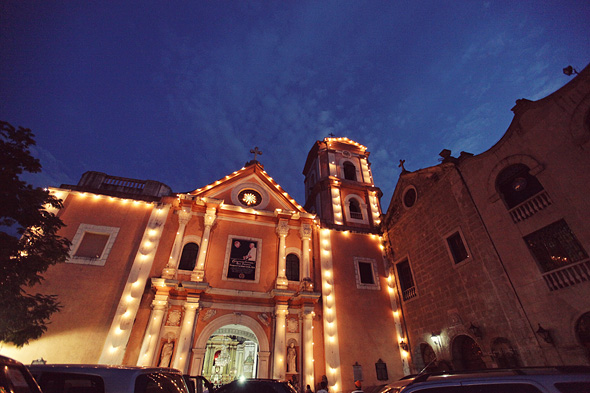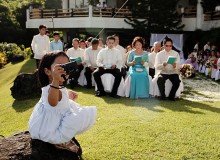The Antique Baroque Charm of San Agustin Church
Probably one of the most popular venues for church weddings is San Agustin Church in Manila’s Intramuros area. Situated about two blocks behind the Manila Cathedral along General Luna Street, San Agustin Church is considered the oldest church in the Philippines. Built in 1571, it was the first church erected by the Augustinian Order, the first evangelizers in the country, and it is also the first church to have been built in the entire island of Luzon.
The church’s original name was the Iglesia y Convento de San Pablo, or the Church and Convent of Saint Paul. Since 1945, however, it has been the seat of the parish of the Immaculate Conception, which used to be at the Manila Cathedral. Its current parochial territory covers the whole Intramuros area, including Port Area from the Manila Hotel to the Delpan Bridge and the whole Baseco compound in Tondo.
San Agustin Church has withstood destruction from wars and at least three fires, all of which called for reconstruction. From 1586-1606, it was finally built in stone by Juan Macias, and the stability in its design has allowed it to survive seven major earthquakes. The church’s history is closely intertwined with the history of Manila. It was in the sacristy were the Spaniards and Americans negotiated the surrender of Manila in 1898, and it was the only structure in the whole of Intramuros to have survived the city’s liberation from the Japanese in 1945. Today, the remains of the likes of Spanish conquistadors Miguel Lopez de Legazpi, Juan de Salcedo and Martin de Goiti as well as those of Filipino painter Juan Luna are entombed underneath the church.
San Agustin Church is one of four baroque churches in the Philippines that have been declared as a United Nations Educational, Scientific and Cultural Organization (UNESCO) World Heritage Sites. The baroque style is evident in its architecture and the paintings within. The imposing molave doors of the church façade greets visitors and introduces them to the interiors, which show European church design and construction fused with local materials and decorative motifs. The church has 14 side chapels and a choir loft with 17th century seats hand-carved also in molave.
San Agustin’s trompe l’oeil ceiling, typical of baroque churches, was painted in 1875 by Italian artists. It appears realistically and elaborately three-dimensional, a magnificent backdrop as the bride walks down the long aisle and past the pews which can easily seat more than a hundred guests. The church’s staff, by the way, has prescribed their standard arrangement for the wedding entourage marching down the aisle, as well as seating arrangement for them. There are certain prohibitions inside the church such as throwing of rice, confetti and flowers, and church regulations call for punctuality and solemnity.
Aside from its antique splendor providing a beautiful setting for the wedding ceremony, another attraction that San Agustin Church holds is the numerous options of possible venues for the reception after the wedding, the nearest being Casa Manila which is situated just across the street. Other alternatives abound, either within Intramuros itself or outside its walls, such as in the nearby areas of Binondo, Malate and Ermita, or the luxurious hotels along the stretch of Roxas Boulevard.
A word of warning, though. San Agustin Church charges fees, which cover the mass and wedding ceremony, simple flower decoration and a royal red carpet, that are a bit more expensive compared to other church venues. Yet it remains a favorite that those who wish to get married there need to make reservations as early as one year before the actual wedding date.















